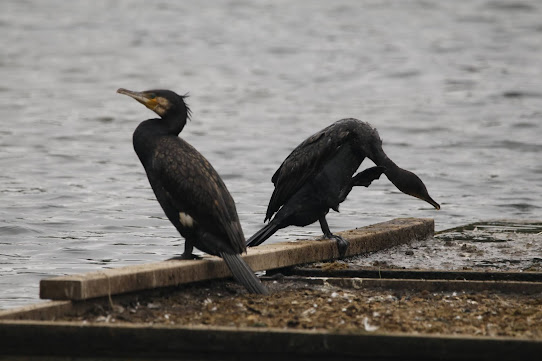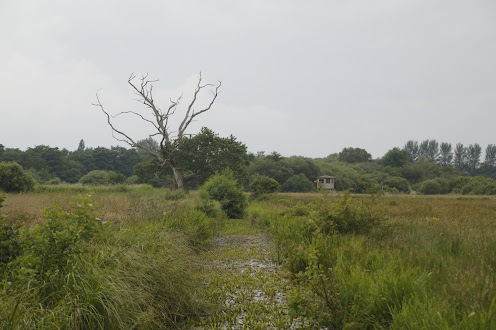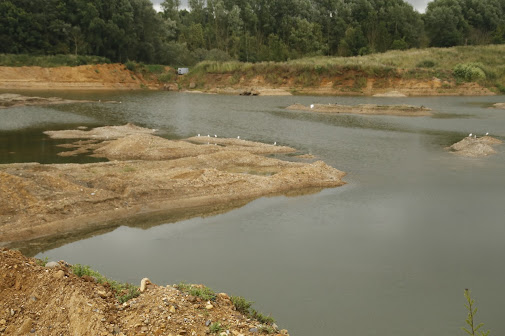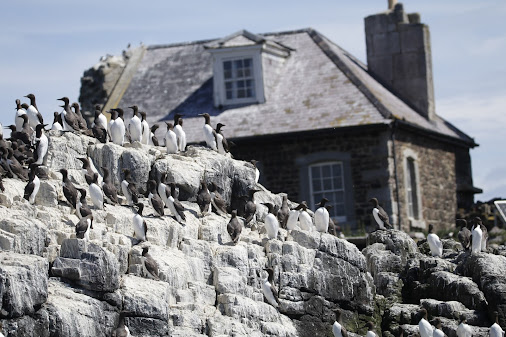I took a trip over to Hadleigh today and a quick visit to the two nearby woodland reserves of Wolves Wood and Groton Wood two of the best forests in Suffolk. Its been while since I had last been over that way, since way back in mid May, a lapse I can blame on no other reason than I've just been really busy. Being late July, the peak time for woodland wildlife has come to an end, and so things were a bit quiet and as a result I didn't really see much. However I just decided to write a post about it for completeness and because despite the lack of any sightings, I enjoyed the visit. And isn't that what counts?
Wolves Wood is an RSPB reserve situated along the main Hadleigh road, its more open than Groton, but thick with coppice stools, and full of rides and glades. Groton, a Suffolk Wildlife Trust reserve, is very much out in the sticks, away from civilisation, and has a much taller canopy, and a lot of ponds. All the woodland flowers peaked a long time ago, so there wasn't any magnificent displays you expect from a trip in, say, May, but everything was lush and verdant, due to the wet summer we have experienced.
The chirping of small birds alerted me to any avian activity. July is a quiet time for birds, they have stopped singing, and most of the nests have fledged their young. A lot of the birds are flocking now, mainly TITS, with lots of recently fledged young birds forming them. In Wolves Wood, one of these flocks contained a MARSH TIT, a bird I hadn't caught up with yet this year, which was a nice bonus.
Although these reserves are predominantly wooded lots of different micro habitats occur within. The woods opened up into glades, where wildflowers like MEADOWSWEET grew and where BUTTERFLIES danced under the sun. Two FRITTILERY butterflies were present, of which kind I'm not sure, as well as more commoner species, like the WHITES, RED ADMIRALS and others. Rides cut their way through the trees, green roads carrying light throughout the forests. Most have been cut now, as the wildflowers have turned to seed. Also, especially in Groton, lots of ponds cut as deep as the trees' roots into the ground.
So a fairly uneventful blog, and one that has been easy to write for a change. Ancient woodlands in many ways remind me of cathedrals, they have that same air of awe inspiring power, a place in which you can never speak louder than a whisper. These are sacred places, our last link back to our primordial selves, an ever changing landscape that at the same time forms a permanent bond to our most distant past. Woodland makes up such a small part of our landscape, yet is the most important habitat for wildlife. Maybe with new plans to plant more trees to combat climate change forests will once again become a dominant feature of our countryside.

















































